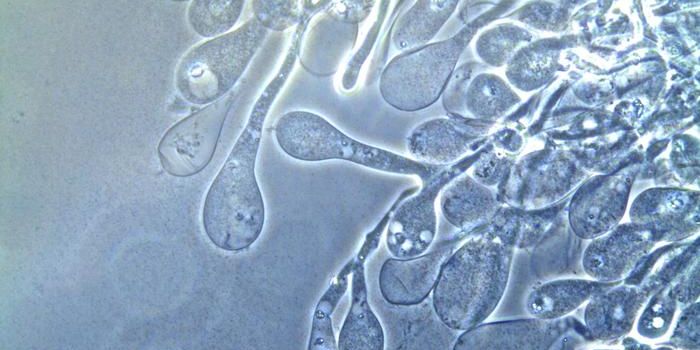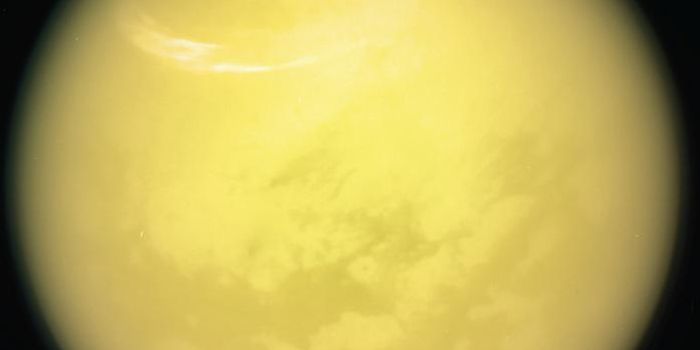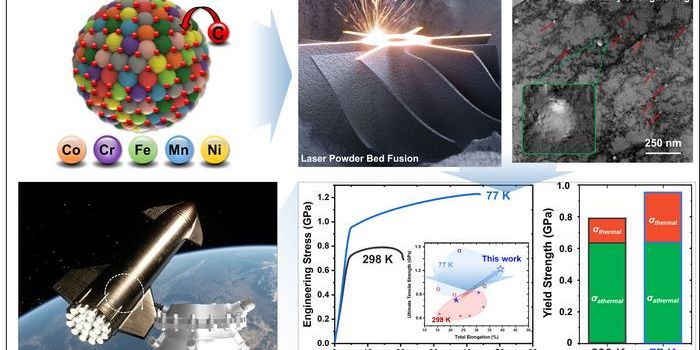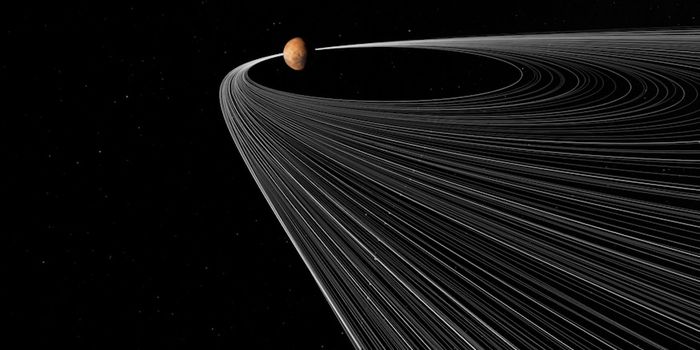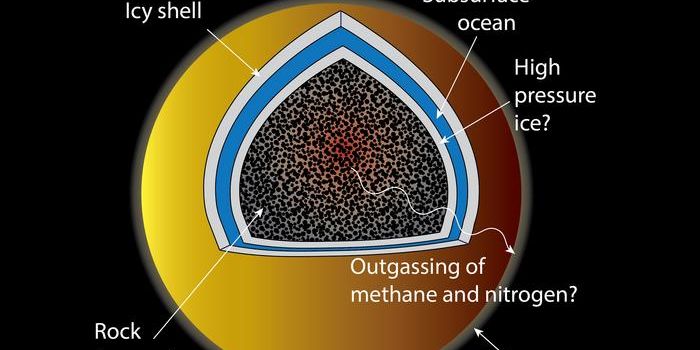Impact of Space Flight on Human Health: A Focus on the Eye
What physiological effects can extended periods of microgravity have on the human eye? This is what a recent study published in npj Microgravity hopes to address as a team of researchers investigated how the shifting of fluids under microgravity conditions could lead to eye vessel alterations. This study holds the potential to help space agencies, researchers, and the public better understand the short- and long-term physiological effects of microgravity, specifically with more humans traveling beyond Earth’s gravity on commercial spaceflights.
“When we experience microgravity conditions, we see changes in the cardiovascular system because gravity is not pulling down all these fluids as it typically does on Earth when we are in an upright position,” said Dr. Ana Diaz Artiles, who is an assistant professor in the Department of Aerospace Engineering at Texas A&M University and a co-author on the study. “When we're upright, a large part of our fluids are stored in our legs, but in microgravity we get a redistribution of fluids into the upper body.”
For the study, the researchers analyzed how lower body negative pressure (LBNP), which involves the transferring of fluids from the upper body to the lower body, could potentially be used to counteract what’s known as Spaceflight Associated Neuro-ocular Syndrome (SANS), which, while still not well understood, often results in physiological changes in the eyes, also called ocular prefusion pressure (OPP). Using 24 participants, 12 male and 12 female, the researchers subjected the participants to treatments inside an LBNP chamber to ascertain the effects on counteracting OPP.
In the end, the researchers found LBNP was ineffective in reducing OPP while noting that LBNP could be used to counteract SANS should increased OPP be linked to SANS. However, the researchers also note further research is required to better understand the connection between OPP and SANS.
“This research is just one experiment of a three-part study to better understand the effects of fluid shift in the body and its relationship to SANS. Previous experiments in this study included the use of a tilt table for researchers to understand the cardiovascular effects of fluid shifts at different altered gravity levels, recreated by using different tilt angles,” said Dr. Diaz Artiles.
Since the dawn of human space flight, the study of microgravity on the human body has been at the forefront of understanding both the short- and long-term impacts of space travel. The International Space Station (ISS) has been instrumental in conducting countless research experiments during its 20-plus years of service regarding the physiological effects of space travel, most notably on astronauts spending more than a year onboard the ISS.
However, with humans returning to the Moon in the next few years and on to Mars within the next decade, scientists remain steadfast in their efforts to better understand extended durations in microgravity if humans are to venture further into the cosmos.
What new discoveries will researchers make about the physiological effects of microgravity in the coming years and decades? Only time will tell, and this is why we science!
As always, keep doing science & keep looking up!
Sources: npj Microgravity, EurekAlert!, Texas A&M University Engineering
Featured Image: NASA astronaut, Andrew Morgan, seen during one of his missions to the International Space Station taking images of his retina while using the Chibis device, which was designed to counteract bodily fluid changes duirng microgravity. (Credit: NASA)

